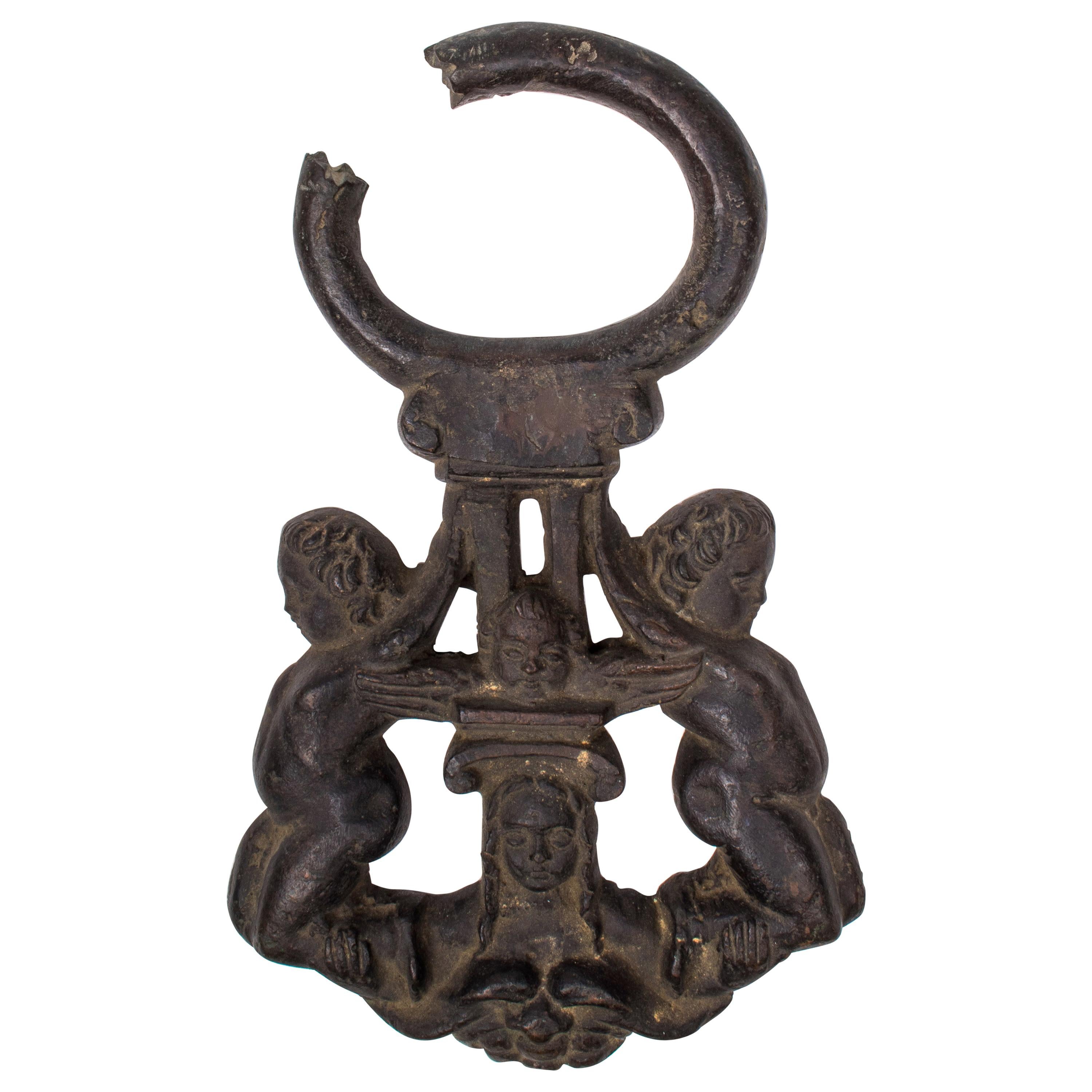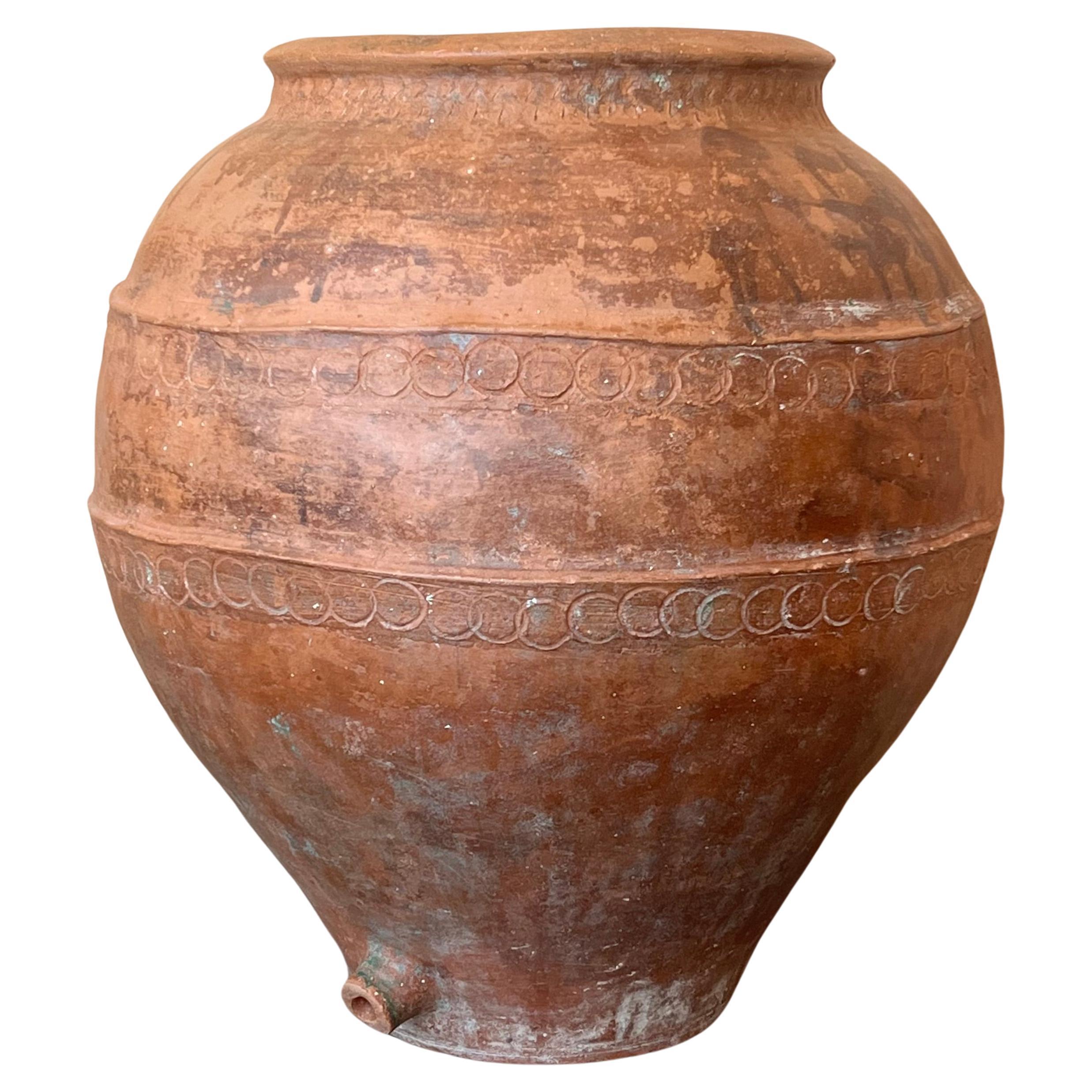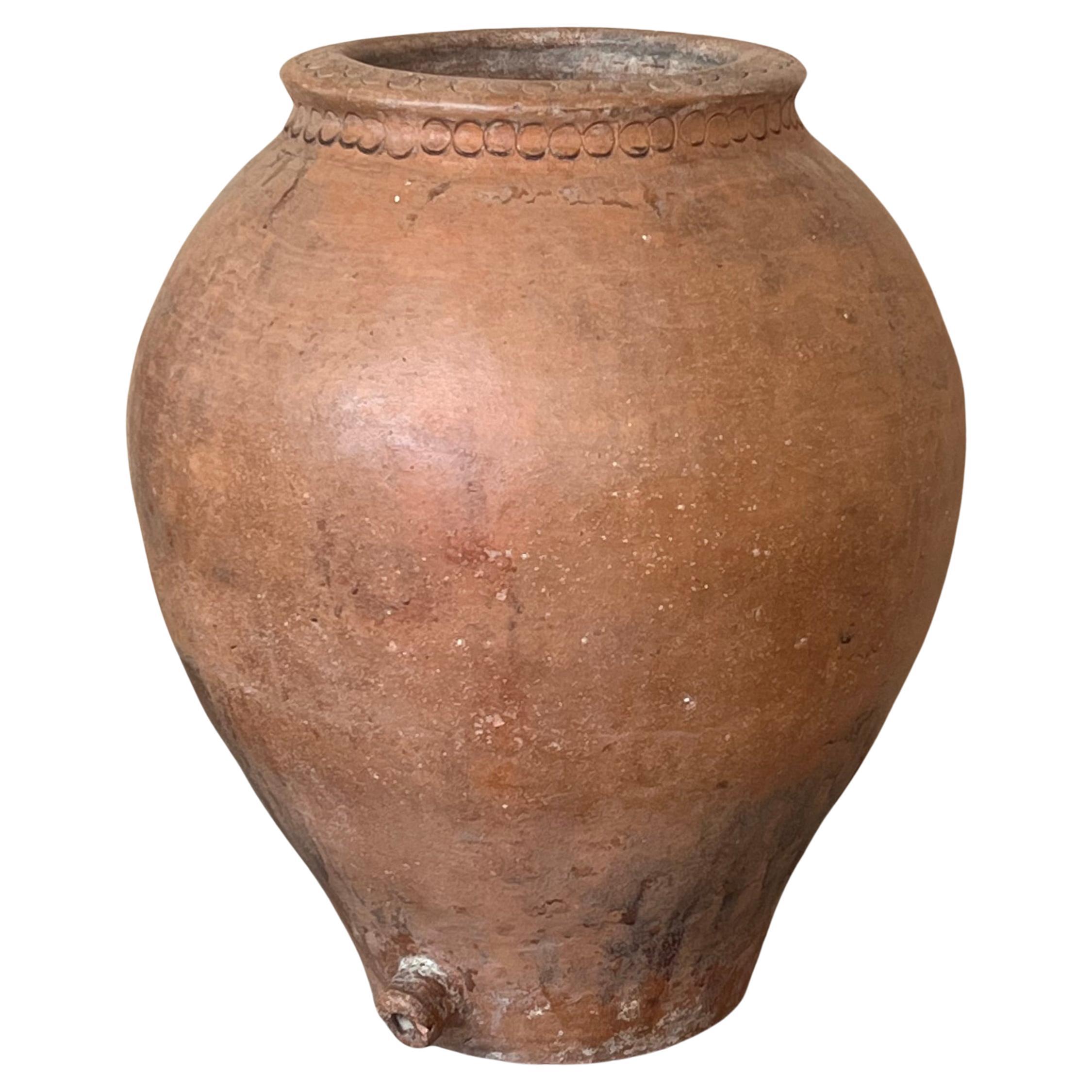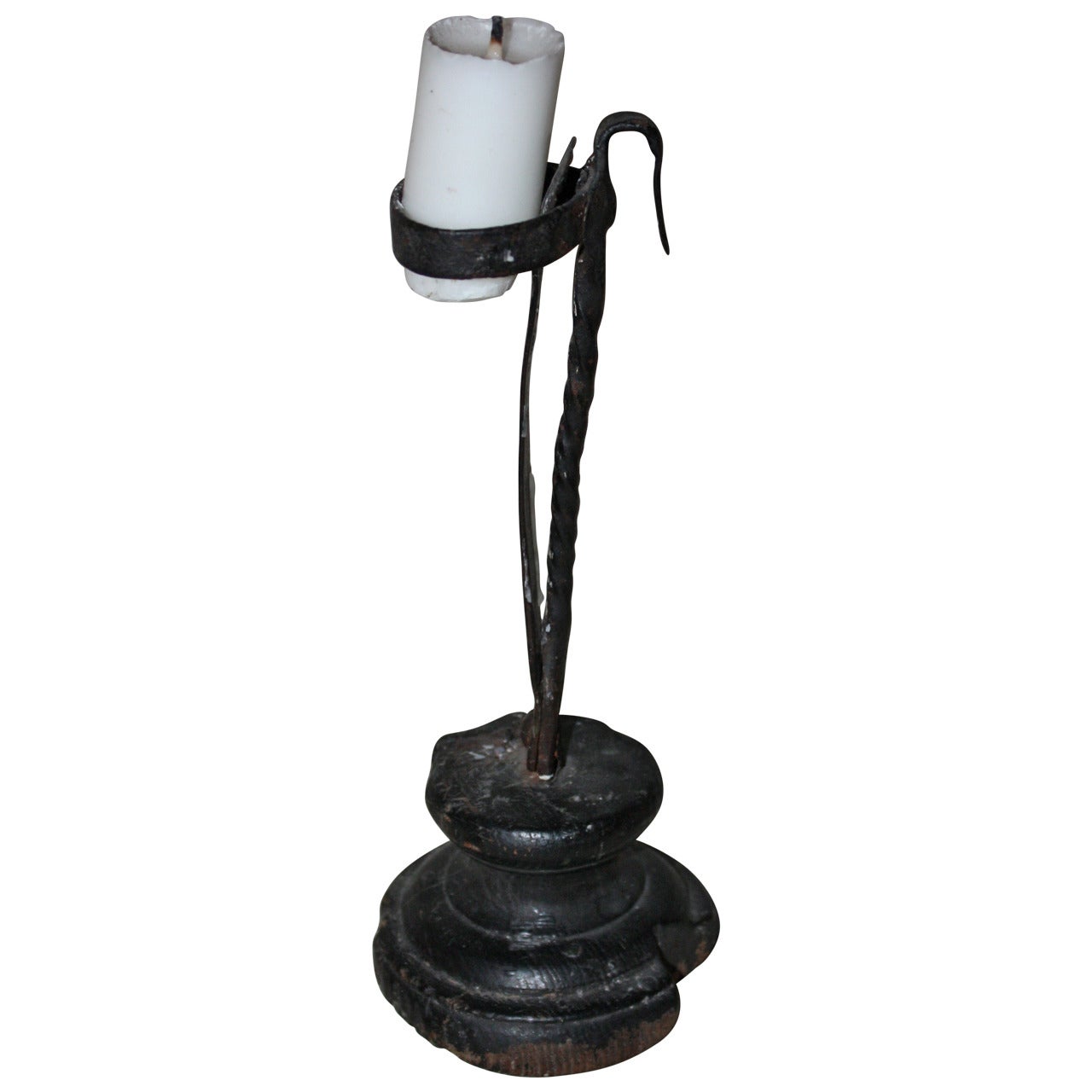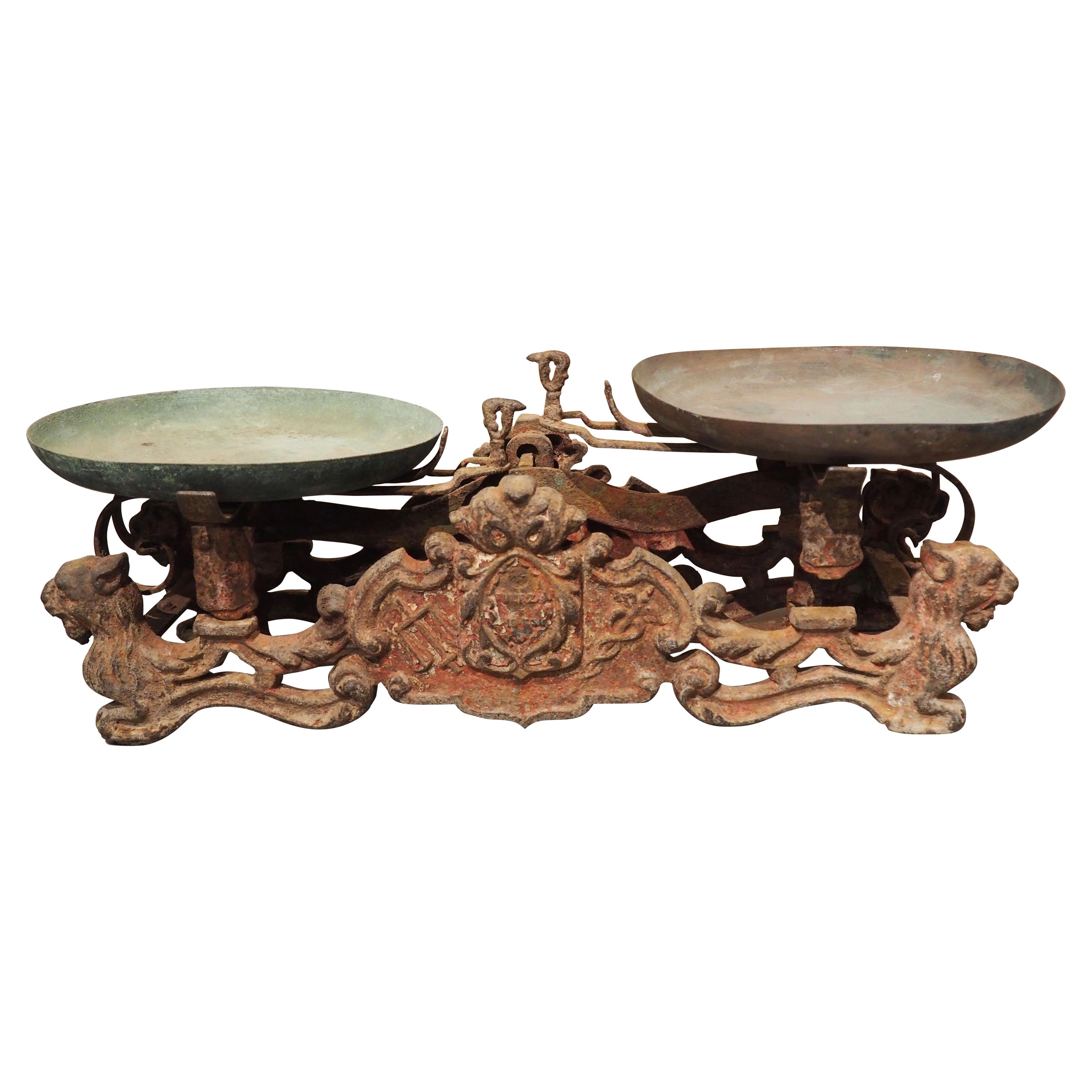Items Similar to 16th Century, Spanish Wrought Iron Handle
Want more images or videos?
Request additional images or videos from the seller
1 of 11
16th Century, Spanish Wrought Iron Handle
About the Item
16th Century Spanish wrought iron handle.
- Dimensions:Height: 3.55 in (9 cm)Width: 5.12 in (13 cm)Depth: 1.19 in (3 cm)
- Materials and Techniques:
- Place of Origin:
- Period:
- Date of Manufacture:1550
- Condition:Wear consistent with age and use.
- Seller Location:Marbella, ES
- Reference Number:1stDibs: LU3044331986082
About the Seller
5.0
Platinum Seller
These expertly vetted sellers are 1stDibs' most experienced sellers and are rated highest by our customers.
Established in 1996
1stDibs seller since 2017
594 sales on 1stDibs
Typical response time: <1 hour
- ShippingRetrieving quote...Ships From: Marbella, Spain
- Return PolicyA return for this item may be initiated within 7 days of delivery.
More From This SellerView All
- 16th Century Venetian Bronze Door Knock with Children FiguresLocated in Marbella, ES16th century Venetian bronze door knock with children figures on the sides and faces in the middle.Category
Antique 16th Century Italian Doors and Gates
MaterialsBronze
- 16th Century Spanish Wrogh Iron Fireplace AndironsLocated in Marbella, ESThese fireplace andirons were designed as a one piece structure made of wrough iron. They are from Spain, situated in the 16th century.Category
Antique 16th Century Spanish Fireplace Tools and Chimney Pots
MaterialsIron
- 16th Century Spanish Iron Window with a Wooden FrameLocated in Marbella, ES16th Century Spanish iron window with a wooden frame.Category
Late 20th Century Spanish Architectural Elements
MaterialsIron
- 1950s Wrought Iron AnvilLocated in Marbella, ES1950s Wrought iron Anvil.Category
Mid-20th Century Spanish Garden Ornaments
MaterialsWrought Iron
- 19th Century German Iron PadlockLocated in Marbella, ES19th Century German Iron Padlock.Category
Antique 19th Century German Paperweights
MaterialsIron
- 18th Century Mexican Chest from New SpainLocated in Marbella, ESMexican chest. New Spain, 18th century. In polychrome wood. Slight paint losses on the lid. Measurements: 7 x 16 x 6.5 cm. Wooden chest from the vicerega...Category
Antique Mid-18th Century Mexican Decorative Boxes
MaterialsWood
You May Also Like
- Safe key. Wrought iron. 17th century.Located in Madrid, ESKey of strong box in wrought iron, dated in century XVII, with complex design in the head, hollow body and finishes in the form of flattened arch." · Size...Category
Antique 17th Century European Baroque More Desk Accessories
MaterialsWrought Iron
- 16th Century Spanish Terracotta VaseLocated in Miami, FL16th Century Spanish Terracotta Vase Hand made marks around the vase.Category
Antique 16th Century Spanish Baroque Decorative Bowls
MaterialsTerracotta
- 16th Century Spanish Terracotta VaseLocated in Miami, FL16th Century Spanish Terracotta Vase Hand made marks around the vase.Category
Antique 16th Century Spanish Baroque Decorative Bowls
MaterialsTerracotta
- 18th Century Folk Art Wood and Wrought Iron CandleholderLocated in Copenhagen, KAdjustable wrought iron and wood candle holder with wood base and snipe nail.Category
Antique Early 18th Century Danish Folk Art Candle Holders
MaterialsIron
- Antique Cast Iron Pharmacy Scale from Spain, 19th CenturyLocated in Dallas, TXA unique piece of scientific equipment, this antique cast iron scale would have been used in a Spanish pharmacy during the 1800s. The main cast...Category
Antique 19th Century Spanish Scientific Instruments
MaterialsIron
- Renaissance Italian Inkwell Calamelli workshop, Faenza, second half of the 16thBy Virgiliotto CalamelliLocated in Milano, ITInkwell Calamelli workshop (attr.). Faenza, second half of the 16th century Height 4.33 in; length 8.07 in; depth 2.95 in (11 cm; 20.5 cm; 7.5 cm) Weight: 0.800 lb (363 g) State of conservation: some chipping to the top of the mask around the mouth. Handle glued, without any restorations; minor chips in some raised areas. This object has the shape of a foot wearing Greek-style footwear, as can be seen in some raised areas. The foot is anatomically modeled with bare toes, while the ankle is partially covered by the footwear. On the heel, there is a small circular handle to support the object. The mouth of the container is shaped like a mask. The interior, completely enameled, suggests that the piece was intended to be used as an inkwell or to contain some other liquid. The base, however, is not enamelled. The painted decoration, scant and brief, consists of rapid cobalt blue shading between the toes of the foot, with more precise emphasis on the nails. It is accompanied by yellow citrine accents to enhance the forms. The mask is painted with the tip of the brush, to accentuate the tense nature of the eyes and to accentuate their outline. Thin strokes of yellow-orange line the interior of the mouth. Since the Renaissance, this decoration has been referred to as "compendiaria" and it characterizes the period of production extending from the mid-16th century to approximately the middle of the following century. It significantly influenced tastes at the time. It evolved from the polychrome style "istoriato" and transformed into a new style that "summarized" (compendia), or condensed, the ornamentation of the works into a few colors, placing greater prominence on the shapes. It was often inspired by metal specimens. Since the Renaissance, this decoration has been referred to as "compendiaria" and it characterizes the period of production extending from the mid-16th century to approximately the middle of the following century. It significantly influenced tastes at the time. It evolved from the polychrome style "istoriato" and transformed into a new style that "summarized" (compendia), or condensed, the ornamentation of the works into a few colors, placing greater prominence on the shapes. It was often inspired by metal specimens. This artwork finds parallels in similar objects all characterized by this refined style and produced in the city of Faenza and other Italian centers starting from the mid-16th century. The closest comparable example in majolica is a foot acquired by the British Museum in 2011 (inv. 2011, 8008.1). This was previously published by Carmen Ravanelli Guidotti in 1996 and later by Dora Thornton in 2016 during the conference on Renaissance ceramics...Category
Antique 16th Century Italian Renaissance Inkwells
MaterialsMaiolica
